News
News / 05/02/2014 / 3904
The word "Župa" has Slavic origins and refers to an administrative region, a shire, a group of villages ruled by the Župan. Gradually, the meaning of the term has evolved, so nowadays this term in Serbian language denotes any region with mild micro-climate, an area protected from winter frost, cold winds and snowy clouds.The most famous "župa" in Serbia today is Župa of Aleksandrovac, widely known as "Župa", a historic wine region in Serbia which has been keeping continuity of Serbia's wine-making tradition for centuries.
GEOGRAPHICAL LOCATION
Župa is located in South Serbia, 230 km from Belgrade. It is surrounded from all sides by mountains of Kopaonik (2017 m), Željin (1785 m), Goč (1123 m) and Jastrebac (1494 m). The whole valley can be divided into Upper and Lower Župa, with vast plots of vineyards situated in Lower Župa. Župa vine-growing area is a part of Three Moravas wine-region, given that all streams flow through the valley into the West Morava river.
CLIMATE AND SOILS
In terms of climate, Župa of Aleksandrovac has moderate continental climate with distinctive features of Mediterranean sub-climate. Winters are mild with little snow, and temperatures rarely dropping below -10 degrees C. Therefore, it doesn't come as a surprise that locals have been involved in vinegrowing for centuries. The driest period of year is April-June, whilst autumn is typically sunny and dry, which is particularly favourable for late varieties such as Prokupac. Typically Mediterranean cultivars such as figs and almonds can be grown with success in Župa. Given that the largest portion of vineyards is located in Lower Župa, the soils are predominantly composed of alluvial deposits on the valley floor and sediments on the hill slopes. Pedologically, the prevailing soils are cambisols, chernozem and several varieties of podzols.
HISTORY
Material evidence indicates that wine seemed an important element of daily life in Župa even in the Roman times. However, the first written records about Župa and its vineyards date from 12th century. Grand Župan Stefan Nemanja, the founder of medieval Serbian state, donated several villages in Župa (Kožetin, Popovac, Raklja, Velika Kruševica) and their wine cellars to Studenica monastery. All these villages were obligated to supply the monastery with wine when needed. All this was stated in the Studenica Charter (dd. 1196).
In 19th century, Kožetin village has grown in size and became the town of Aleksandrovac, which quickly earned its reputation as one of the main hubs for supplying wine across the Balkans. There were specialized shops in Belgrade and other cities for sale of Župa wines. Phylloxera arrived in Župa in 1882 and it devastated local vineyards within a period of 4 years. Fortunately, Serbia set up state-owned vine nursery in Aleksandrovac in 1891, which helped recovery of Župa vineyards on resistant stock.
At the beginning of 20th century, a few wine-making families from Župa owned cellars who capacity exceeded a million liters. Wine and grapes were the primary source of income for many families in Župa. However, wars in 20th century brought further development of wine-making in Župa to a halt. After the World War II, local cooperative was nationalized; the law prohibited wine-makers to produce wine for commercial purpose. Instead, they could only grow and sell their grapes to large industrial wineries which dictated purchase price. Difficult times have come for wine-makers of Župa.
At the beginning of 21st century, a group of pioneer winemakers appeared with strong intent to utilize their hard work and efforts in the vineyards and cellars to restore the former glory of Župa. Awards for Župa wines won at international competitions confirm that invested efforts weren't wasted.
GRAPE VARIETIES
Župa is a genuine small wine oasis which preserved authentic Serbian varieties such as Prokupac and Tamjanika. Alongside these, one can also find in the vineyards international varieties such as Rheinriesling, Cabernet Sauvignon, Merlot, Chardonnay. Župski Bojadiser, a teinturier, cross of Alicante Bouschet X Gamay Noir, was named after Župa wine region. Also, ancient local varieties, all planted together in vineyards, can be found on small historic plots. Such vineyards were once common across the Mediterranean zone. These vineyards treasure varieties such as Drenak, Trnjak, Rkaziteli, Žilavka,etc.
And just as the tradition goes in the entire Mediterranean belt, typical vine training system in Župa since ancient times has been "župski kondir" i.e. bush vines, which is best suited to Prokupac variety which requires plenty of sunshine throughout the day. In local dialect, such vine is called "gidža" and you may come across old vines on some plots whose age has been estimated somewhere between 50 and 120 years.
POLJANA OF ŽUPA
Župa still guards unique temorary wine-makers' lodges grouped together to form "poljana". Poljana used to be constructed by owners of vineyards from villages scattered across Upper Župa hills so that they could reside close to vineyards in the months when there is extensive work in the vineyards instead of commuting on a daily basis. Poljana first appeared in the Middle Ages, although vast majority of present-day poljana lodges originate from end-19th century or the beginning of 20th century. Architecturally, these are vinegrowers' lodges grouped closely together, divided by narrow lanes and a small central square. Wine cellars are made of mud, stone, unbaked bricks, or on rare occasion made of wood. Poljana lodges surround from all sides the town of Aleksandrovac, the center of Župa vine-growing area. 24 poljana lodges have been preserved till present day. The most famous ones are poljana of Lukarevina, Kruševica (whose origins are associated with prince Lazar (14th century)), Ježevica, Botunje, etc...
THE MUSEUM OF WINE-MAKING AND VINEGROWING
The Museum of Wine-making and Vinegrowing was founded in 2000 and it is located in the town of Aleksandrovac, inside a former wine cellar of the Agricultural School built in 1924 in Provencal style. The museum treasures a rich collection of artefacts and documents which depict history and wine tradition of Župa.

Tomislav Ivanović
Awarded wine writer, wine critic and contributor to selected wine magazines. WSET3-certified author and editor-in-chief of www.vinopedia.rs. Member of Vojvodina Sommelier Association. Juror in national and international wine competitions. Lecturing about wines of Serbia and the Balkans. Local partner of Wine Mosaic organization. Co-founder of International Prokupac Day.

Pročitajte i druge članke iz ove rubrike:
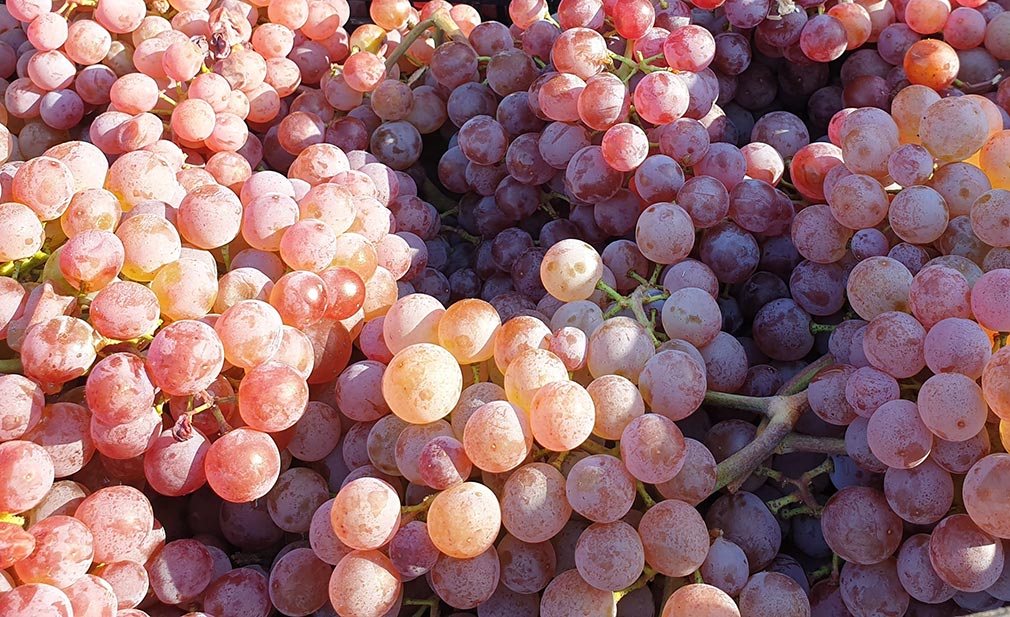

VINOPEDIA TOP 10 2024
PROČITAJ VIŠE
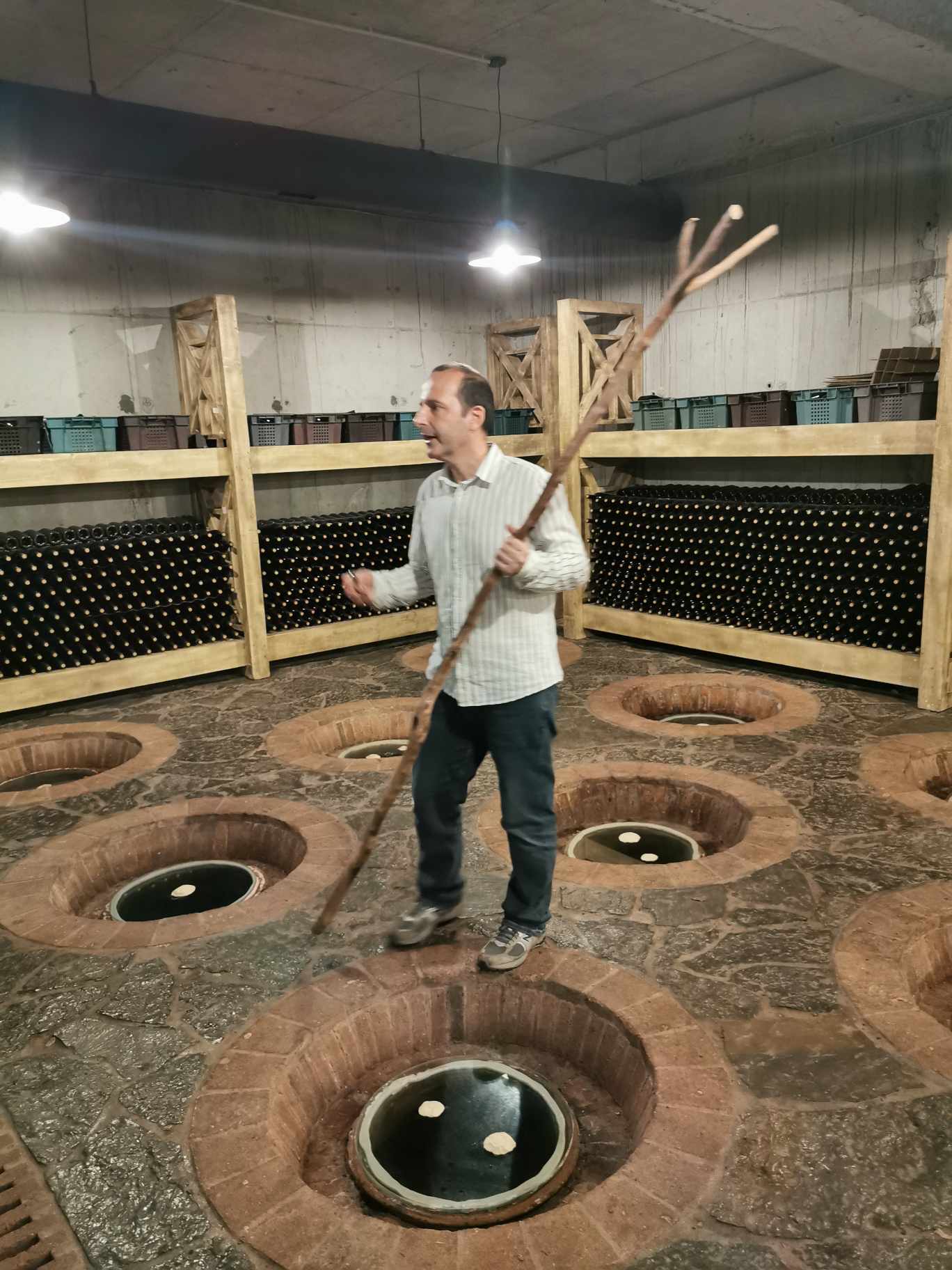

GIUAANI - VINSKI TURIZAM NA GRUZIJSKI NAČIN
PROČITAJ VIŠE
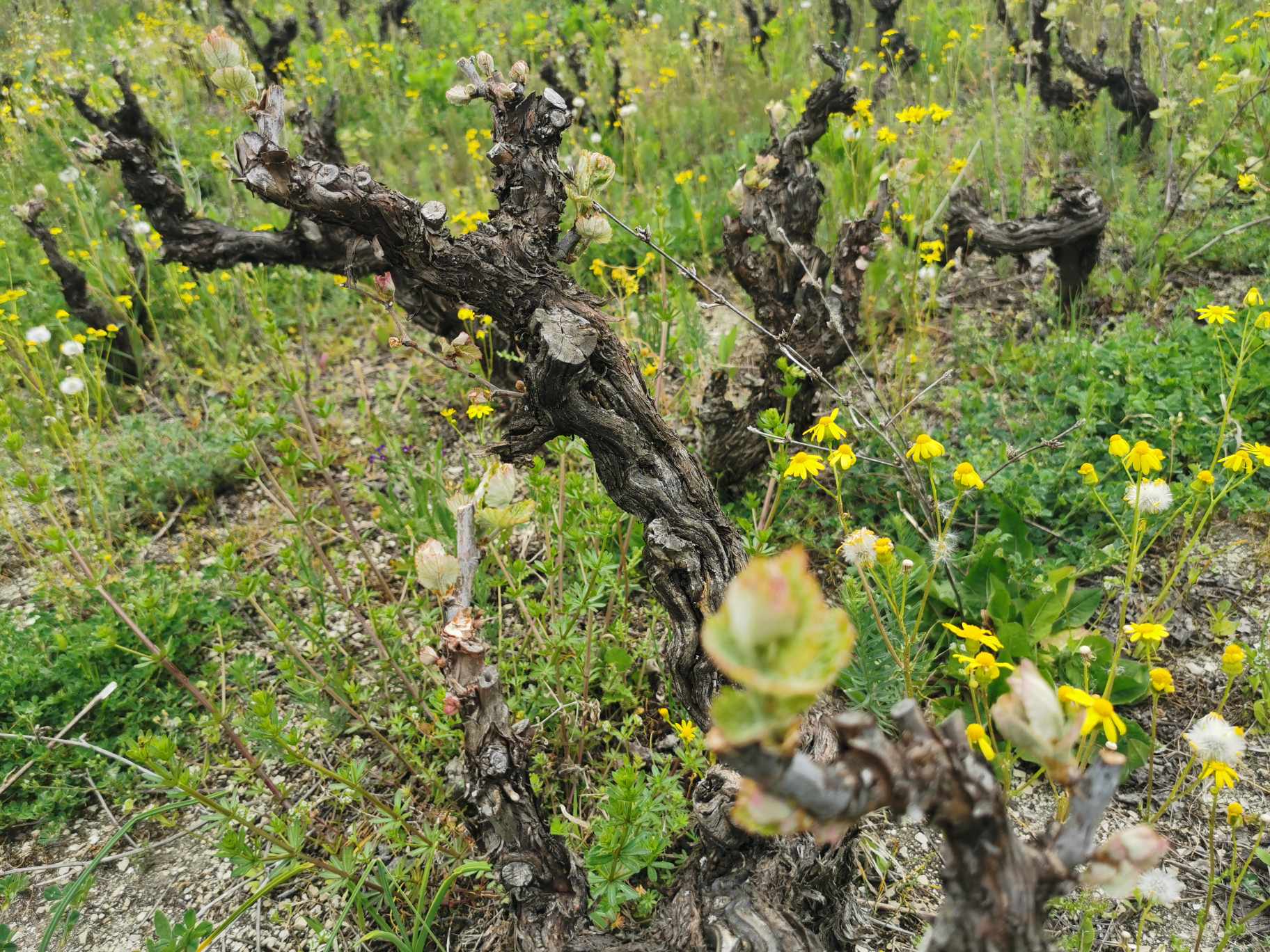

SPASIMO STARE VINOGRADE SRBIJE
PROČITAJ VIŠE
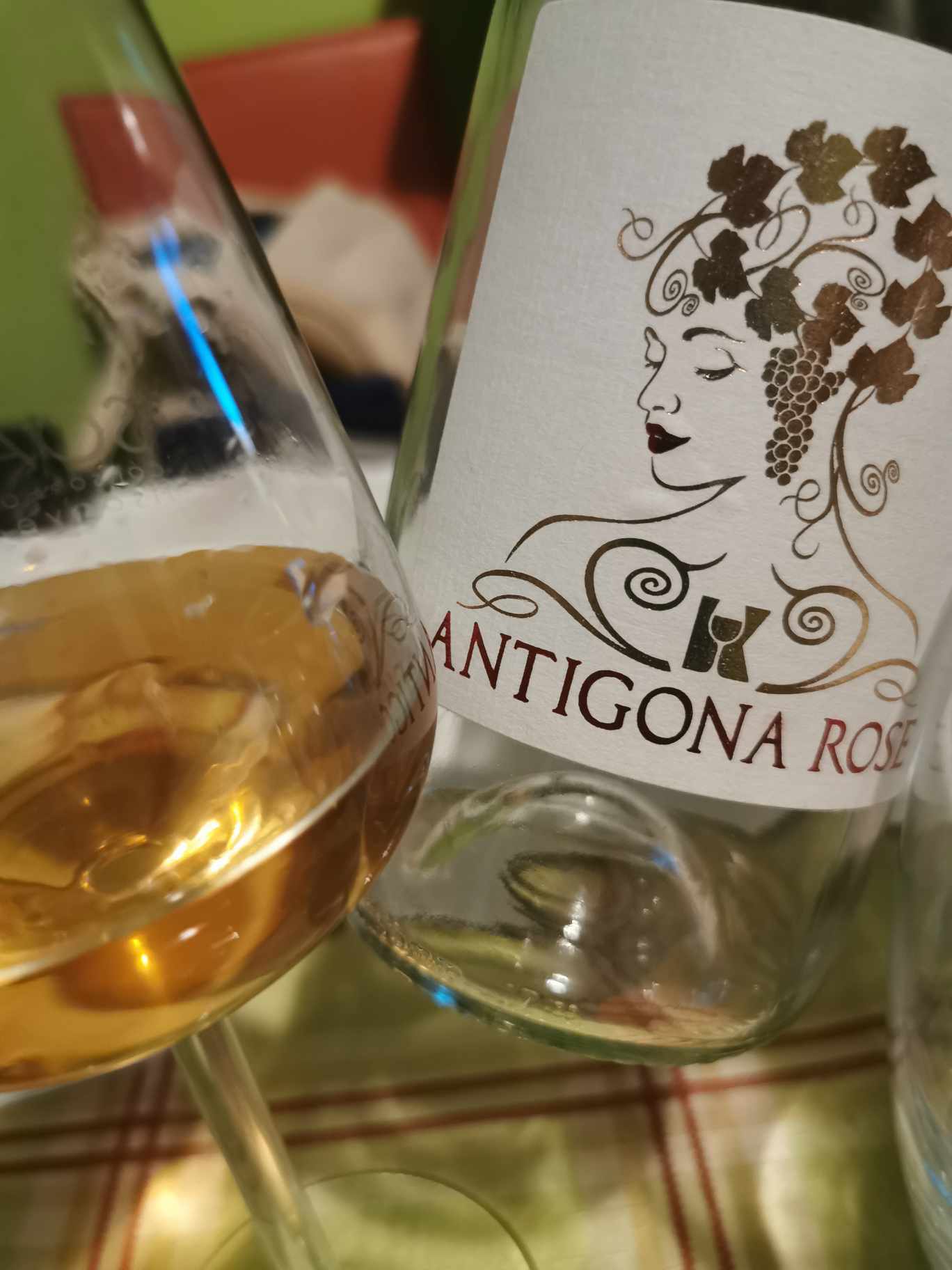

NAŠLI SMO ANTIGONU IZ ORAHOVCA
PROČITAJ VIŠE
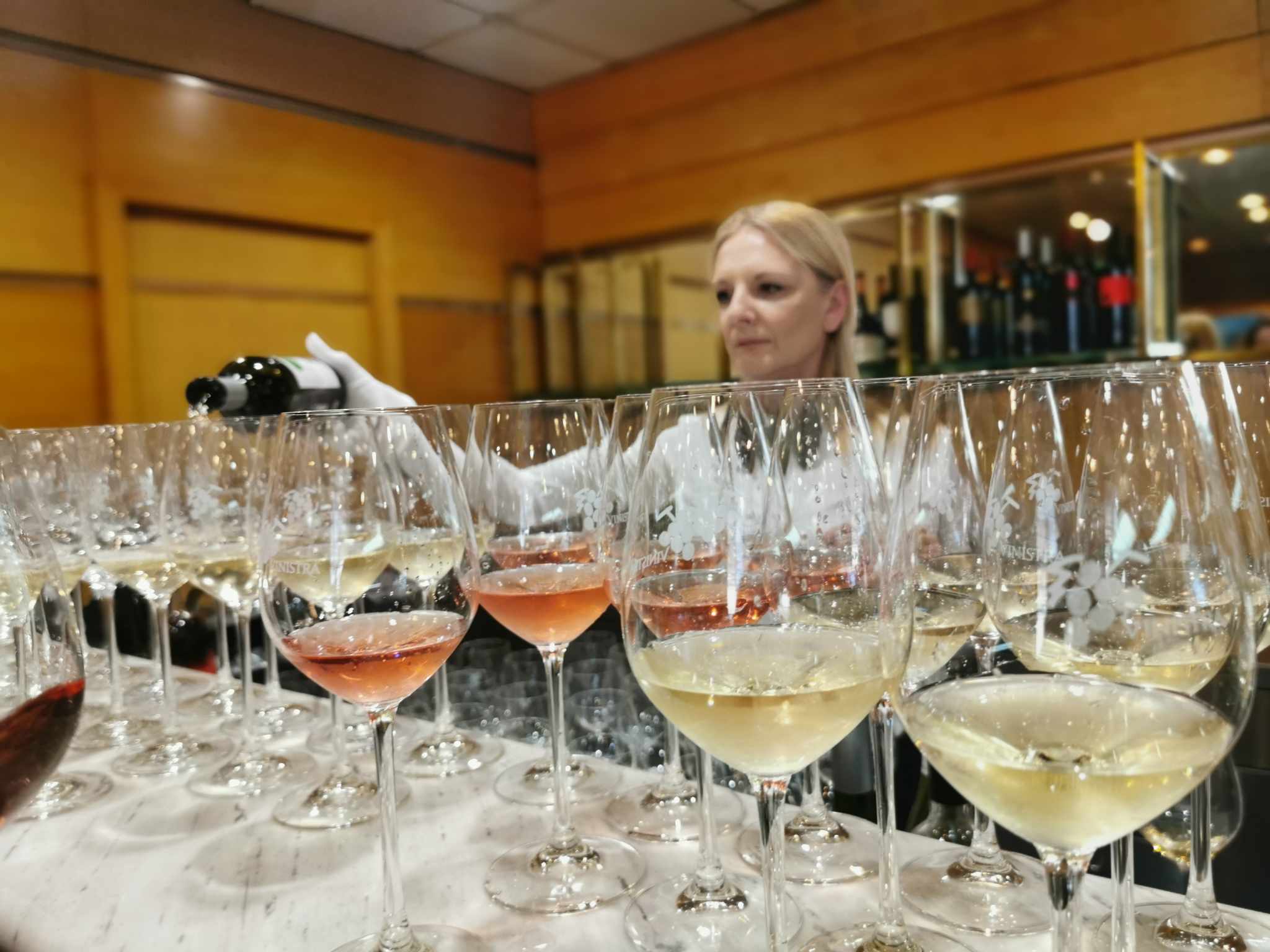

SRPSKO VINO KOŠTA 100 EUR - I ŠTA ĆEMO SAD?
PROČITAJ VIŠE
Winner MILLESIMA BLOG AWARD 2016

Pobednik MILLESIMA BLOG AWARD 2016
VINO & FINO wine personality of the year 2016

VINO & FINO vinska ličnost godine 2016